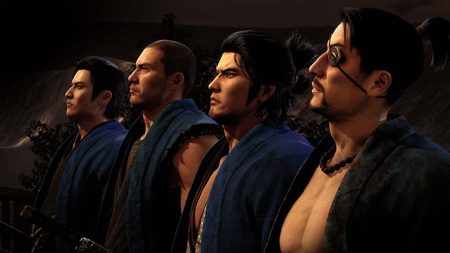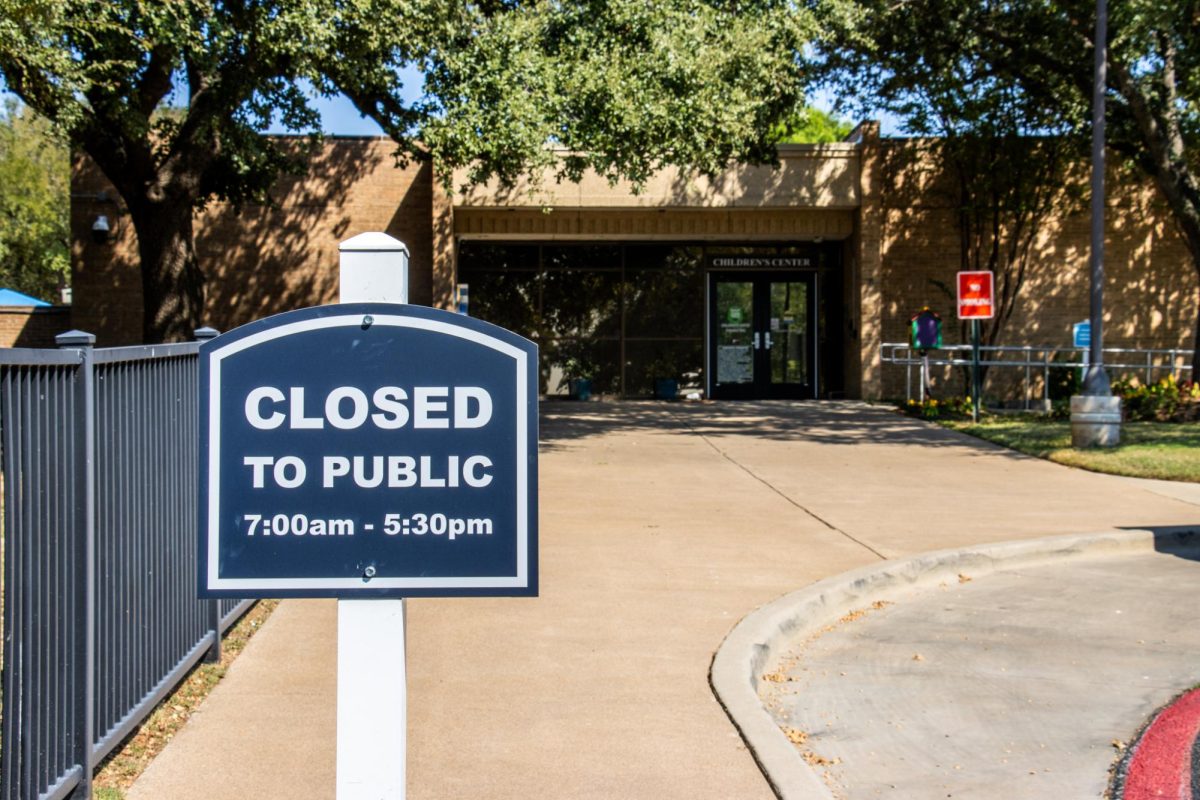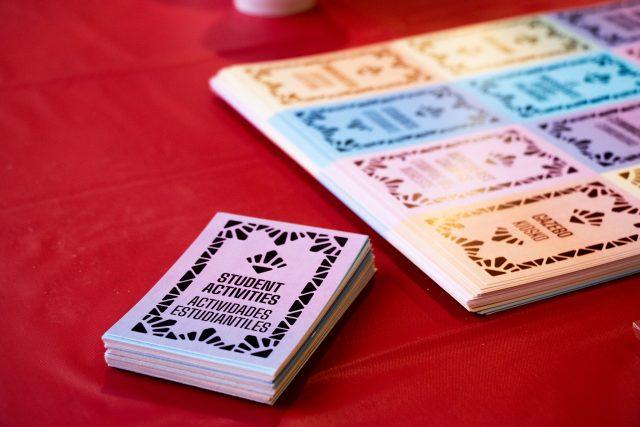
Photo courtesy of SEGA
ALEX HOBEN
editor-in-chief
alexandra.hoben@my.tccd.edu
The newest iteration of the Yakuza game franchise, “Like A Dragon: Ishin,” is an amazing experience that brings together the best aspects of the series with a refreshingly new setting and combat system.
“Ishin” was originally released in Japan in 2014 as a launch title for the PlayStation 4. Now it has been brought to the states with a remaster and an English localization, and it was definitely worth the wait.
With beautiful sceneries and great graphics, the game immediately catches your eye with the title screen alone. The introduction with seeing the main character, Sakamoto Ryoma, sailing across the open waters with the sunlight reflecting across the waves sets the expectations for the rest of the cutscenes high, and boy does it deliver.
One of the best things about the franchise as a whole is the sheer absurdity that happens in between the heavily dramatic, and oftentimes bloody, scenes, and this game once again keeps up this tradition.
There are still substories, or the side quests that you can do around the cities in between major plot points, there’s still fishing and most importantly: there’s still karaoke.
On the whole the experience is very much like “Yakuza 0,” one of the franchises most popular games. But instead of walking around the nightlife of 1980s Japan, you are in the bustling cities of feudal Japan where tensions between the national government and the factions of samurai are at an all-time high.
The combat system in this game has gone through some changes from previous games. While it still has the multiple styles that the player can quickly switch between during battle, the leveling up system is different with the ability to put in placeholders to gain more skills quickly.
Not all of the combat styles are equal, especially in their effectiveness. In the game the character uses not only a katana but a gun as well. There are 4 unique styles: brawler, swordsman, gunman and wild dancer. Each has their own skill tree, but it feels like only two to three of them are really effective.
The gun fighting style is fine but clunky and oftentimes ineffective in a fight with multiple enemies. The swordsman style takes a while to really get going, and it’s only after buying a better sword that a difference can be seen. Brawler is, as it always is in these games, incredibly brutal and very smooth to play.
The wild dancer style is the most fun. With a gun in one hand and a sword in the other, Ryoma is able to sweep and dance around his opponents, and it is definitely the most polished of the fighting styles.
There is also a marked difference in the abundance of supplies that the game provides. In previous games it felt like there was a limited amount of good items that were few and far between, but in this one they point out the most obvious way of getting supplies, pots and wells, that are so clearly marked it’s ridiculous to think a player could ever miss them.
While this concept is incredibly helpful in the beginning it can feel a bit like hand-holding the further you get into the game.
There are also new aspects of the game that contribute to the uniqueness of this game in a series of heavy hitters, such as the concept of “virtue” or points you can get by doing good deeds and other completion activities around the cities.
“Ishin” is set in the feudal era of Japan during the 1860’s. Despite every game in the series before this being made from scratch in terms of story, the premise for this one was a bit different. Ryoma was an actual samurai and political figure in the late Edo period.
While the game itself is still totally fictional it still has the namesakes of important men from the era as main characters in the game, all of which still have the faces of characters from previous games. Ryoma himself has the same voice and model of the main character of the franchise Kiryu Kazuma.
It’s great to see the favorite characters of the series back on the screen in a totally different setting, but still acting just as you remember them. There’s always something special about seeing Kiryu learn “Tiger Drop” for like the eighth time.
“Like A Dragon: Ishin” is a great game that balances the drama of bloody political intrigue with the hilarity of seeing a grown man try to complete the most basic of tasks, and that in itself is the best summation of the entire series. Those who enjoyed previous games in the series won’t regret picking this up and giving it a try.
































